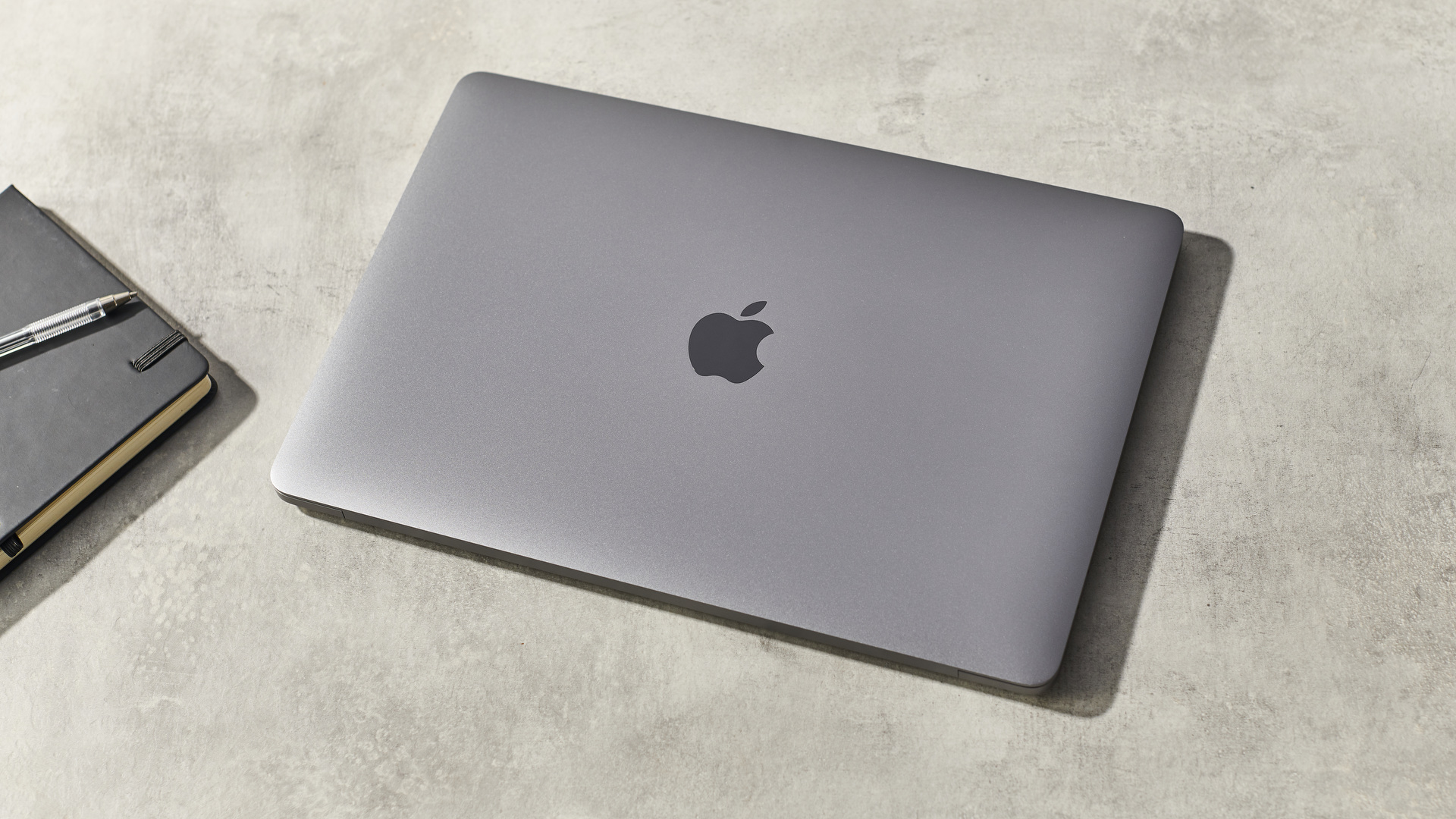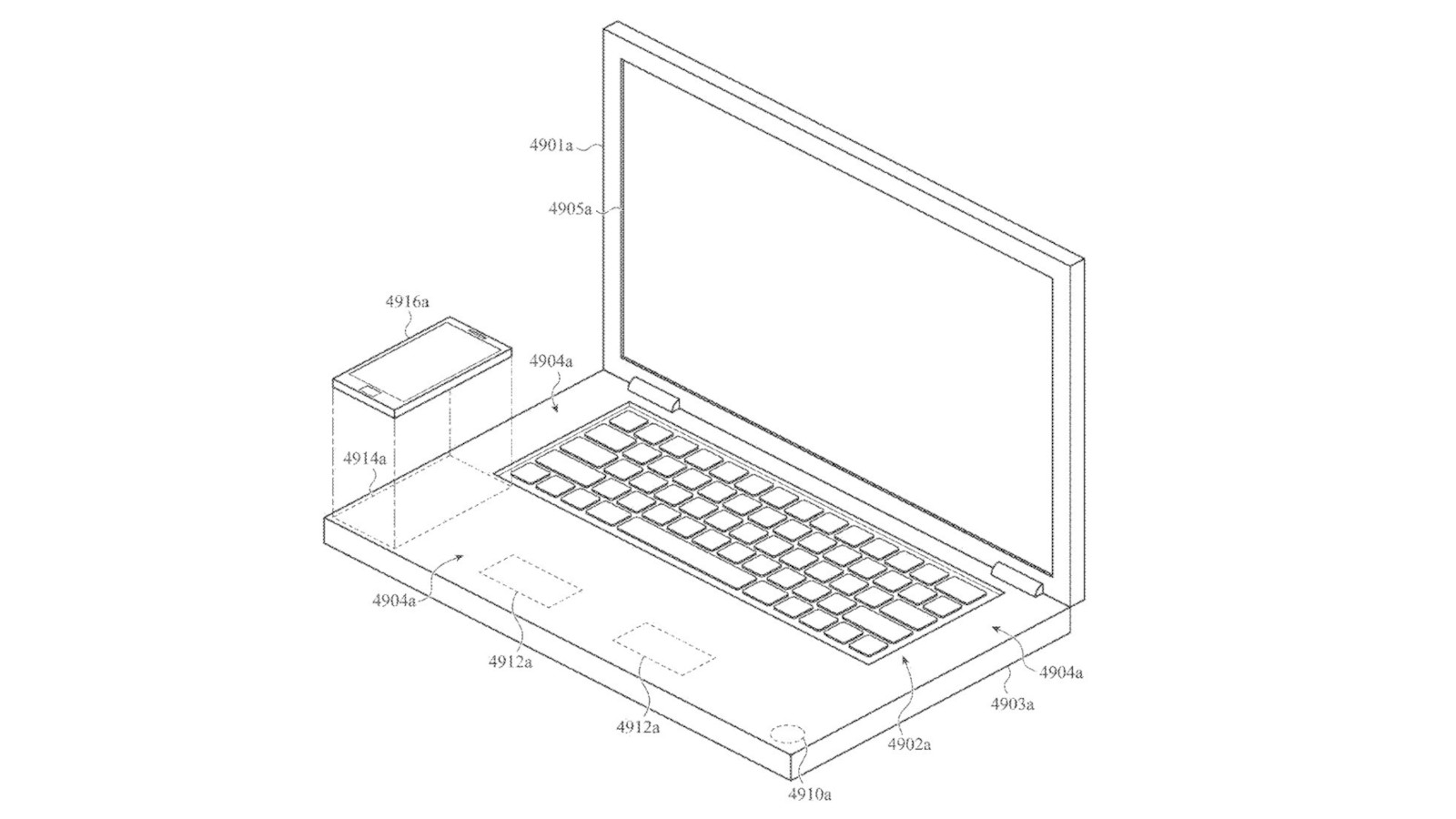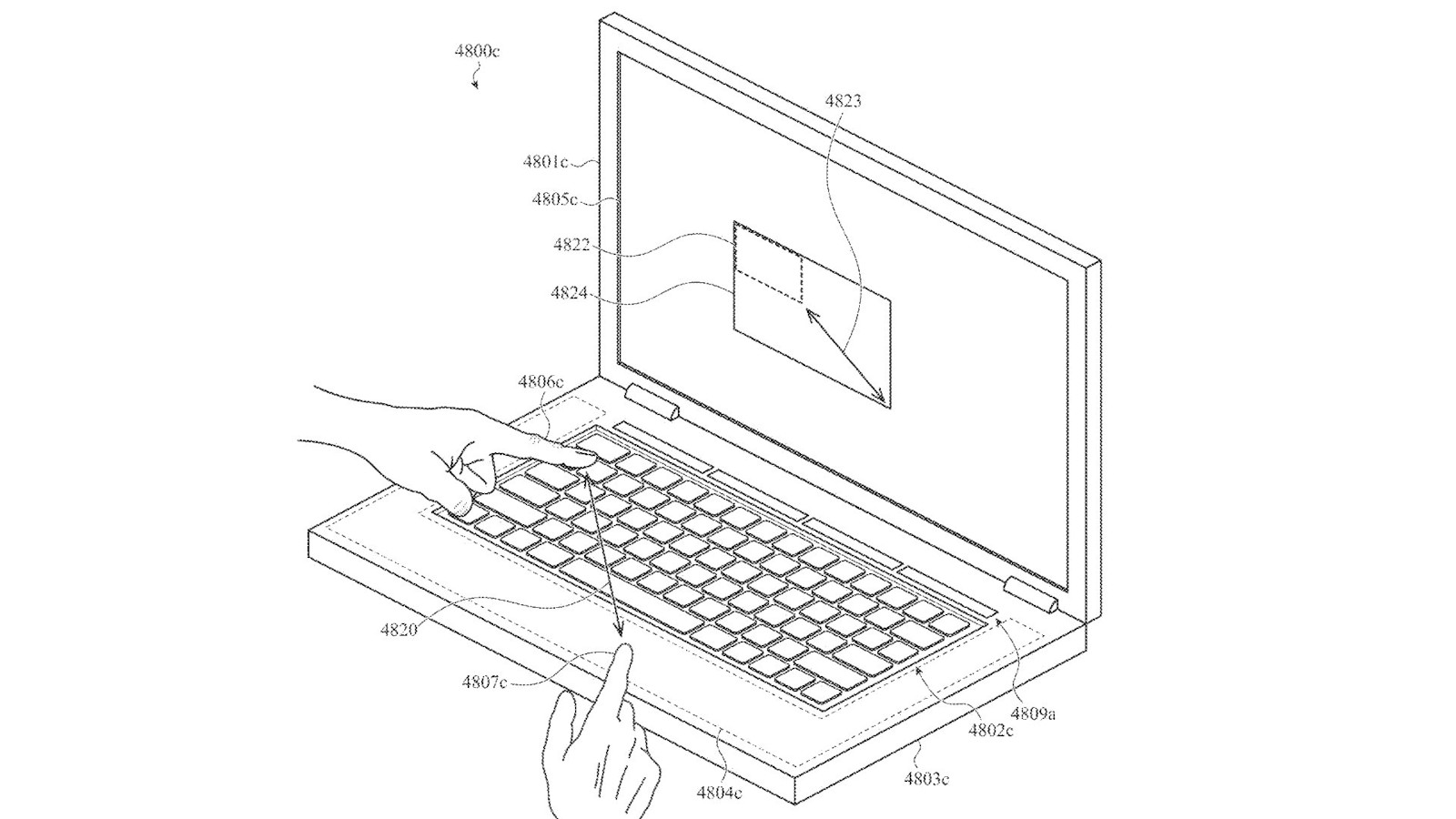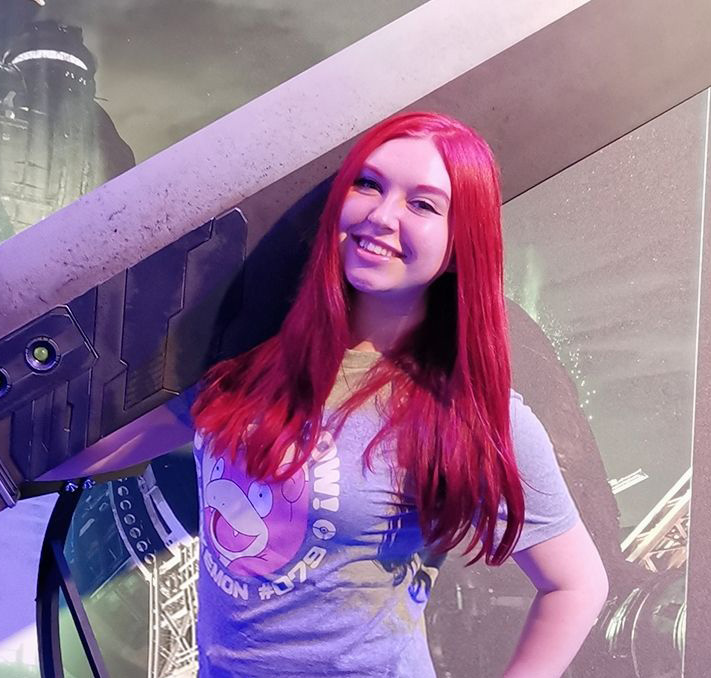This Apple patent suggests new MacBook Pro designs could be pretty wild
A laptop-sized touchpad? Alright then...

Apple has redesigned its MacBook Pro series several times since its original release, but recent patents submitted by the tech giant could indicate where the future of the fan-favorite workstation laptop is heading.
As reported by Apple Insider, this latest batch of patents contain designs for a MacBook Pro that you can wirelessly charge your iPhone on, as well as an innovative ‘extended touchbar’ that reaches around either side of the keyboard.
Older patents are also referenced in which Apple discusses altering the entire surface of a MacBook so that it can be used not only to prevent a build-up of dust and debris, but also discusses using the space as an additional touch-control function, allowing users to essentially control the entire surface.
"The proposals described herein are generally directed to electronic devices having an enclosure formed at least partially from a transparent, dielectric material such as plastic, glass, or a ceramic material," says Apple. "The transparent dielectric material may form a continuous or seamless input surface that may improve the look and feel of the device without having the drawbacks of some traditional device constructions."

One of the suggested uses for this technology is the inclusion of a built-in wireless charging pad, as shown in a provided mockup from the approved patent. This isn’t a world apart from MagSafe charging, so it’s not a wild leap to assume this could actually make its way into devices over the coming years.
Apple has even taken into consideration that it might be cumbersome to type on the keyboard while avoiding a phone placed alongside by laying out plans to improve its palm detection technology, including "The force sensing system may be configured to determine if a palm of a user is resting on the trackpad region" within the patent submission.
That technology, in turn, could also be adapted into a graphics tablet-style surface that allows users to use the entire palm rest and even the keyboard to control their cursor entirely by touch, stating that "In some instances... the integrated interface system may also be used to detect gestures and multi-touch inputs applied to keycaps of a mechanical keyboard, allowing the keycaps and keyboard region to function as a trackpad."
Sign up for breaking news, reviews, opinion, top tech deals, and more.

This does raise some questions in regards to how useful such a large workspace would actually be - after all, graphic designers and other professionals who regularly used a display or drawing tablet would still be better off using a more dedicated piece of hardware, and this feature could be too ‘out there’ for most everyday MacBook Pro users to benefit from.
Analysis: approval doesn't mean it'll actually happen
Thing is, Apple actually submits a lot of patents each year and while many of these do get approved, it’s rare for us to actually see the designs and ideas within them appear in real-world designs. Back in 2019 it was reported by 9to5Mac that Apple had been granted approval for over 2,000 patents the previous year, and it's fairly safe to say we didn’t see 2,000 innovative features rolled out across the barn portfolio.
Apple does this because it wants to explore new areas of technology, and if it feels as though the feature will be of value then a patent submission will protect its intellectual property. You might not agree with it, but the fruit-themed brand is hardly the only massive corporation to have this practice.
Apple also has a mixed history with laptop innovations: the controversial Touchbar was either beloved or hated by MacBook Pro users, and the decision to remove ports such as the SD card reader and HDMI was so unpopular that they made a comeback on the 2021 M1-silicon-powered models.
The built-in phone charger is interesting, but there’s a good chance we’ll never actually see one make it onto the production line. Luckily there are plenty of amazing wireless phone chargers on the market so it’s not something we need for Apple to bring into its own ecosystem, but for those who are set on the idea, keep your fingers crossed - it could make an appearance in our favorite Mac products in the coming years.

Jess is a former TechRadar Computing writer, where she covered all aspects of Mac and PC hardware, including PC gaming and peripherals. She has been interviewed as an industry expert for the BBC, and while her educational background was in prosthetics and model-making, her true love is in tech and she has built numerous desktop computers over the last 10 years for gaming and content creation. Jess is now a journalist at The Verge.